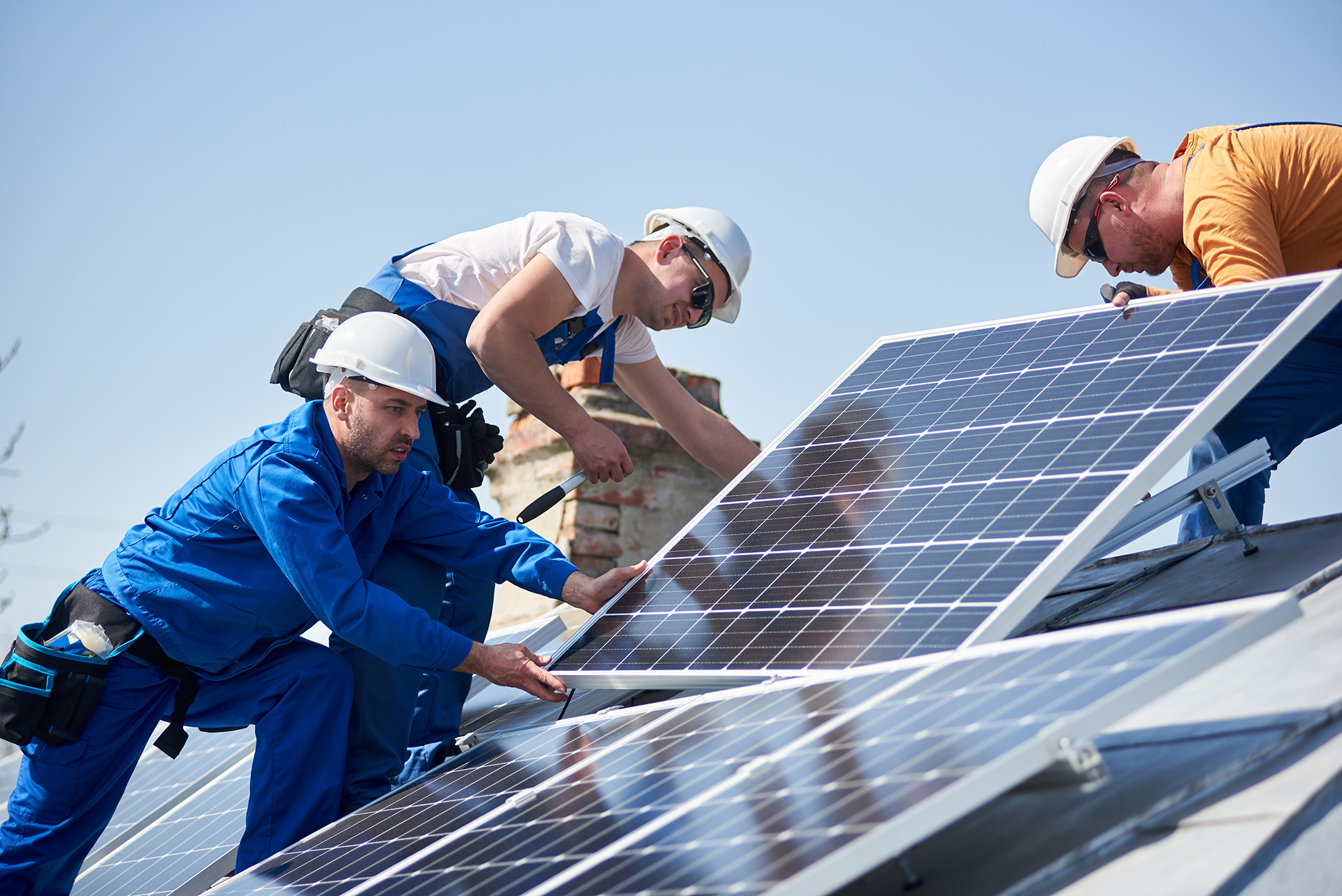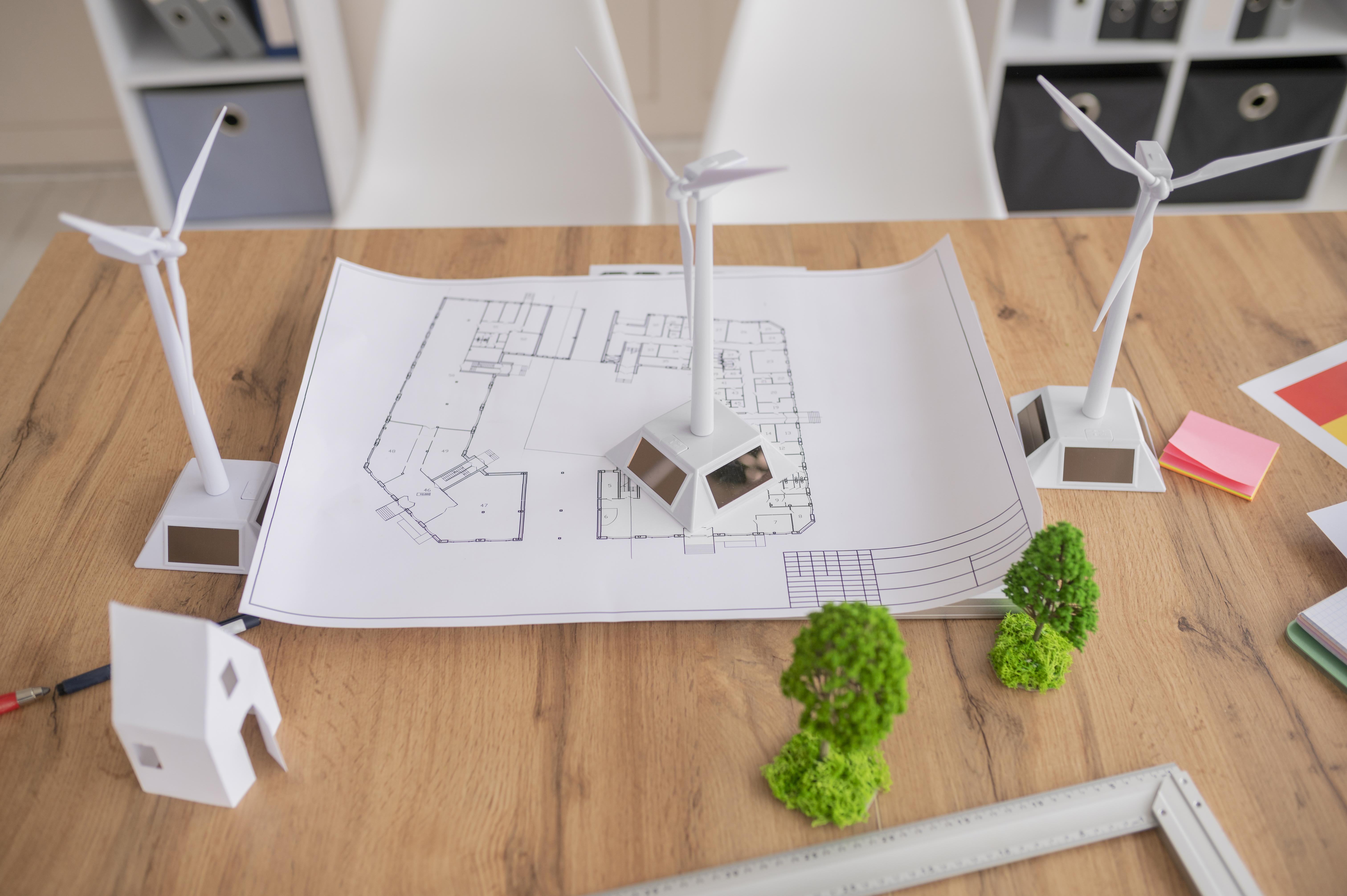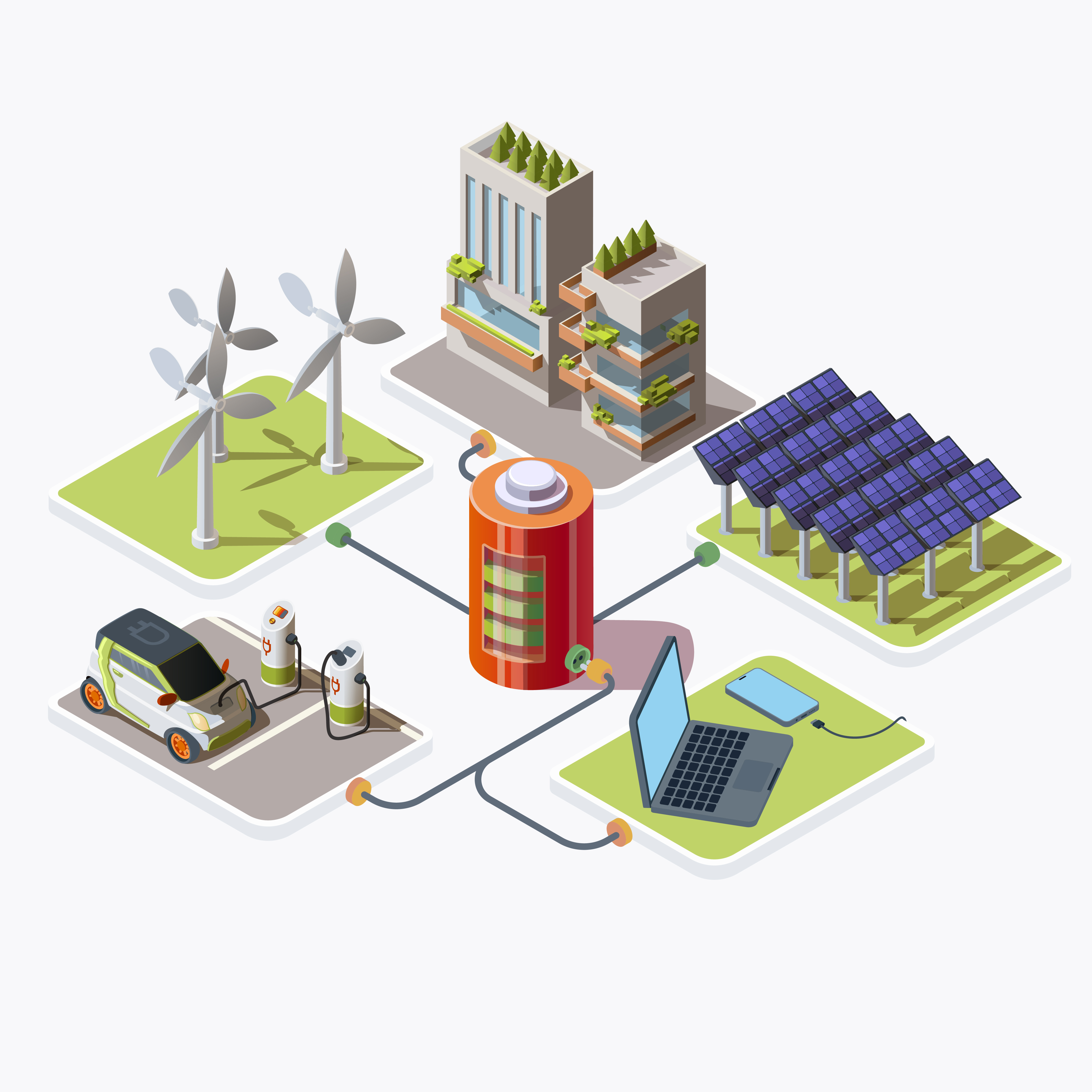Table of Contents
ToggleIntroduction
In recent years, the adoption of solar energy has surged as individuals and businesses seek sustainable alternatives to traditional energy sources. One of the most common methods of harnessing solar power is through the installation of solar panels on rooftops. This article delves into the principles behind installing solar panels on roofs, covering everything from assessing roof suitability to maintenance and financial considerations.
Assessing Roof Suitability
Before embarking on a solar panel installation project, it’s crucial to assess the structural integrity of the roof. Solar panels can be heavy, and not all roofs are equipped to handle the additional weight. Consulting with a structural engineer is advisable to ensure that the roof can support the solar array safely. The orientation and angle at which solar panels are installed significantly impact their efficiency. In the Northern Hemisphere, south-facing roofs generally receive the most sunlight throughout the day. Additionally, the angle of tilt should be optimized based on the geographical location to maximize solar exposure.
Shading from nearby trees, buildings, or other obstructions can significantly diminish the effectiveness of solar panels. Conducting a shading analysis prior to installation helps identify potential shading issues and allows for strategic placement of panels to minimize their impact. Each locality has its own set of building codes and regulations governing solar panel installations. It’s essential to familiarize oneself with these codes to ensure compliance throughout the installation process.
In most cases, installing solar panels requires obtaining permits from the local authorities. These permits typically involve submitting plans and specifications for the installation and obtaining approval before commencing work. Zoning regulations may dictate the size, placement, and appearance of solar panels on residential and commercial properties. Adhering to these regulations is essential to avoid potential legal issues and ensure the successful completion of the project.
Choosing the Right Solar Panels
Solar panels come in various types, including monocrystalline, polycrystalline, and thin-film. Each type has its own advantages and disadvantages in terms of efficiency, durability, and cost. Understanding the differences between them is crucial in selecting the most suitable option for a specific installation. The efficiency of solar panels refers to their ability to convert sunlight into electricity. Higher efficiency panels typically produce more power per square meter, making them ideal for installations with limited roof space. However, they may also come at a higher cost.
When investing in solar panels, it’s essential to consider the warranty and reliability of the manufacturer. A comprehensive warranty provides peace of mind and ensures that any issues that arise during the lifespan of the panels are addressed promptly. Solar panels can be mounted on roofs using various systems, including flush mounts, tilt mounts, and tracking mounts. Each system offers unique advantages depending on factors such as roof type, available space, and budget.
Different roofing materials require different mounting techniques to ensure a secure and watertight installation. Working with a knowledgeable installer can help determine the most appropriate mounting system for a particular roof type. Solar panel mounting systems must be able to withstand the rigors of the environment, including high winds, snow loads, and extreme temperatures. Choosing durable, weather-resistant materials is essential to ensure the longevity of the installation.
Electrical Components
Inverters are essential components of a solar panel system, as they convert the direct current (DC) generated by the panels into alternating current (AC) suitable for use in homes and businesses. There are several types of inverters available, including string inverters, microinverters, and power optimizers, each with its own advantages and applications.
Proper wiring and electrical connections are critical to the safe and efficient operation of a solar panel system. Installers must adhere to relevant electrical codes and standards to ensure that the system is installed correctly and poses no risk of fire or electric shock. Working with electricity presents inherent risks, and safety should always be a top priority during the installation process. Installers should be properly trained and equipped with the necessary personal protective equipment to prevent accidents and injuries.
Before installing solar panels, the roof surface must be properly prepared to ensure a secure and watertight installation. This may involve repairing any damage, reinforcing the structure as needed, and cleaning the surface to remove debris and contaminants. Once the roof is prepared, solar panels can be mounted using the chosen mounting system. Care must be taken to position the panels correctly and secure them in place to prevent damage from wind and other environmental factors.
After the panels are mounted, the electrical components of the system, including inverters, wiring, and electrical connections, must be installed and connected according to the manufacturer’s specifications. This typically involves routing wires from the panels to the inverters and connecting them to the electrical panel.
Maintenance and Monitoring
Regular inspection and cleaning are essential to ensure the continued performance and longevity of a solar panel system. This may involve visually inspecting the panels for damage, checking electrical connections, and cleaning the surface to remove dirt, dust, and debris. Monitoring energy production allows system owners to track the performance of their solar panels and identify any issues that may arise. Many systems come equipped with monitoring software that provides real-time data on energy generation, allowing for proactive maintenance and troubleshooting.
Despite proper installation and maintenance, solar panel systems may encounter issues such as shading, reduced efficiency, or equipment failures. Knowing how to troubleshoot these issues and when to seek professional assistance is crucial to minimizing downtime and maximizing the return on investment. The cost of installing solar panels varies depending on factors such as the size of the system, the type of panels and mounting systems used, and local labor rates. While the initial cost may seem prohibitive, many homeowners and businesses find that the long-term savings on energy bills outweigh the upfront investment.
Many governments and utility companies offer incentives and rebates to encourage the adoption of solar energy. These incentives may include tax credits, grants, or rebates for installing solar panels, making them more affordable for homeowners and businesses. Calculating the return on investment for a solar panel system involves comparing the upfront costs of installation with the long-term savings on energy bills and any available incentives or rebates. While the payback period may vary depending on factors such as energy usage and local utility rates, solar panels typically provide a solid return on investment over their lifespan.
Conclusion
The installation of solar panels on rooftops offers a sustainable and cost-effective way to harness the power of the sun and reduce reliance on traditional energy sources. By following the principles outlined in this article, homeowners and businesses can ensure a successful solar panel installation that provides clean, renewable energy for years to come. From assessing roof suitability to navigating permitting and regulations, choosing the right solar panels, and maintaining the system for optimal performance, careful planning and attention to detail are key to maximizing the benefits of solar energy. As technology continues to evolve and solar panel costs decline, the future looks bright for solar energy adoption worldwide.
FAQs
What factors should I consider when assessing the suitability of my roof for solar panel installation?
Assessing the suitability of your roof involves considering several factors. Firstly, you’ll need to determine if your roof can support the weight of solar panels. Structural integrity is crucial. Additionally, you should evaluate the orientation and angle of your roof to ensure optimal sunlight exposure throughout the day. Lastly, conducting a shading analysis helps identify any obstructions that may affect solar panel performance.
Do I need to obtain permits before installing solar panels on my roof?
Yes, in most cases, you’ll need to obtain permits from your local authorities before installing solar panels. These permits typically involve submitting plans and specifications for the installation and obtaining approval to ensure compliance with building codes and zoning regulations. Working with a reputable installer can help streamline the permitting process.
How do I choose the right solar panels for my roof?
Choosing the right solar panels involves considering factors such as efficiency, durability, and cost. There are various types of solar panels available, including monocrystalline, polycrystalline, and thin-film. Researching the advantages and disadvantages of each type and consulting with a professional installer can help you select the most suitable option for your specific needs and budget.
What mounting system is best for my roof?
The best mounting system for your roof depends on factors such as roof type, available space, and budget. Common mounting systems include flush mounts, tilt mounts, and tracking mounts. Flush mounts are ideal for flat roofs, while tilt mounts allow for adjusting the angle of the panels for optimal sunlight exposure. Tracking mounts dynamically adjust the position of the panels throughout the day to maximize energy production but tend to be more expensive.
How do I maintain my solar panel system after installation?
Regular maintenance is essential to ensure the continued performance and longevity of your solar panel system. This includes conducting visual inspections to check for damage, cleaning the panels to remove dirt and debris, and monitoring energy production to identify any issues that may arise. Additionally, it’s essential to follow manufacturer recommendations for maintenance and schedule professional inspections as needed.







